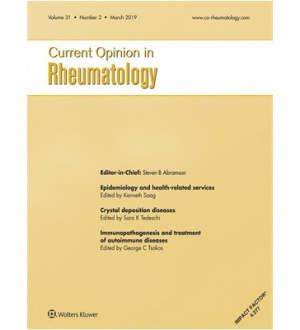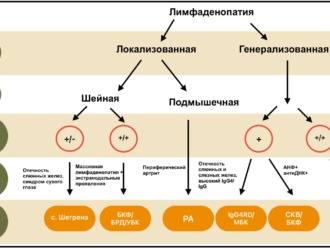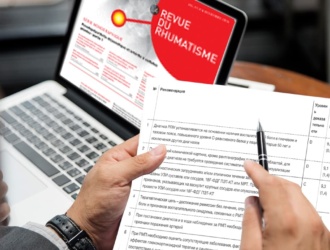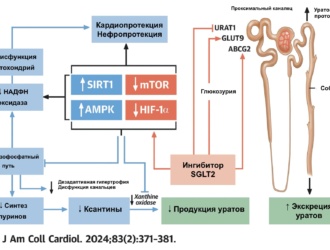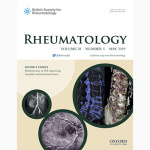 OBJECTIVE:
OBJECTIVE:
The objective was to determine the proportion of patients with difficult-to-treat or difficult-to-prevent acute gout attacks eligible for IL-1 inhibition.
METHODS:
Participants included in the French cross-sectional GOSPEL cohort (n = 1003 gout patients) were examined for contraindications and intolerance to standard of care (SoC) drugs of gout flares (colchicine, non-steroidal anti-inflammatory drugs and systemic glucocorticoids).
Patients were classified as definitely eligible for first-line IL-1 inhibition (canakinumab) according to European summary of product characteristics (contraindications/intolerance to SoC and at least three flares per year) without any other anti-inflammatory options (contraindications/intolerance only), or potentially eligible (precaution of use). Eligibility to receive IL-1 during an on-going flare related to insufficient efficacy was assessed (second-line eligibility).
RESULTS:
Definite first-line eligibility for IL-1 therapy was found in 10 patients (1%) and contraindication to all SoC therapies in nine patients who had presented <3 flares in the past 12 months. At least precaution of use for SoC therapies was noted for 218/1003 patients (21.7%).
Of 487 patients experiencing flares at baseline, 114 (23.4%) were still experiencing pain scored ⩾4/10 numeric scale on day 3, one of whom could not receive further SoC drugs. Only nine of them had three or more flares in the past year and were eligible for second-line IL-1 inhibition.
CONCLUSION:
Despite significant numbers of patients without any SoC anti-inflammatory therapeutic options for gout flares, eligibility for IL-1 inhibition therapy according to current European approval is rare.
Pascart T, Norberciak L, Ea HK, Graf S, Guggenbuhl P, Lioté F.
Rheumatology (Oxford). 2019 Dec 1; 58 (12): 2181−2187
doi: 10.1093/rheumatology/kez203

